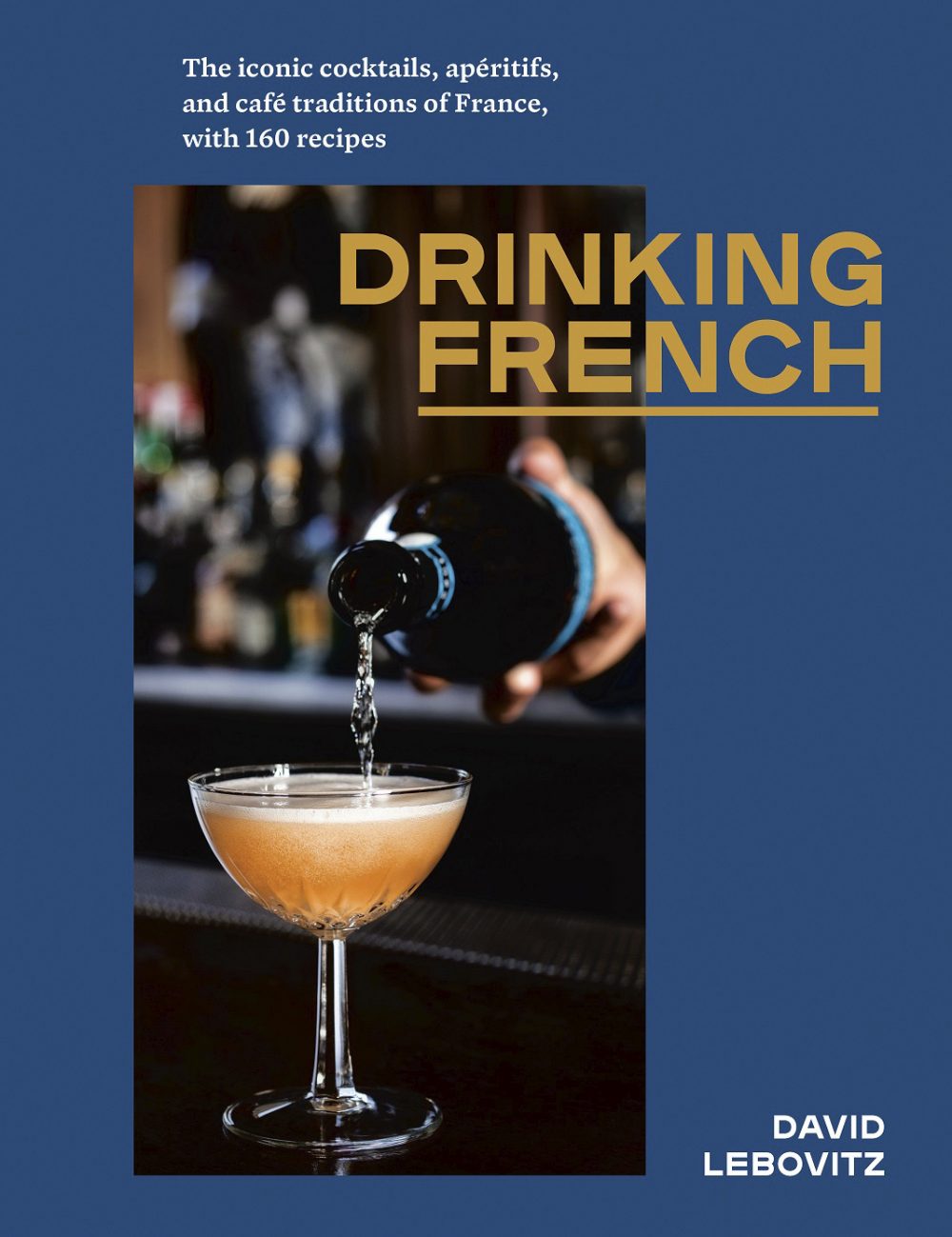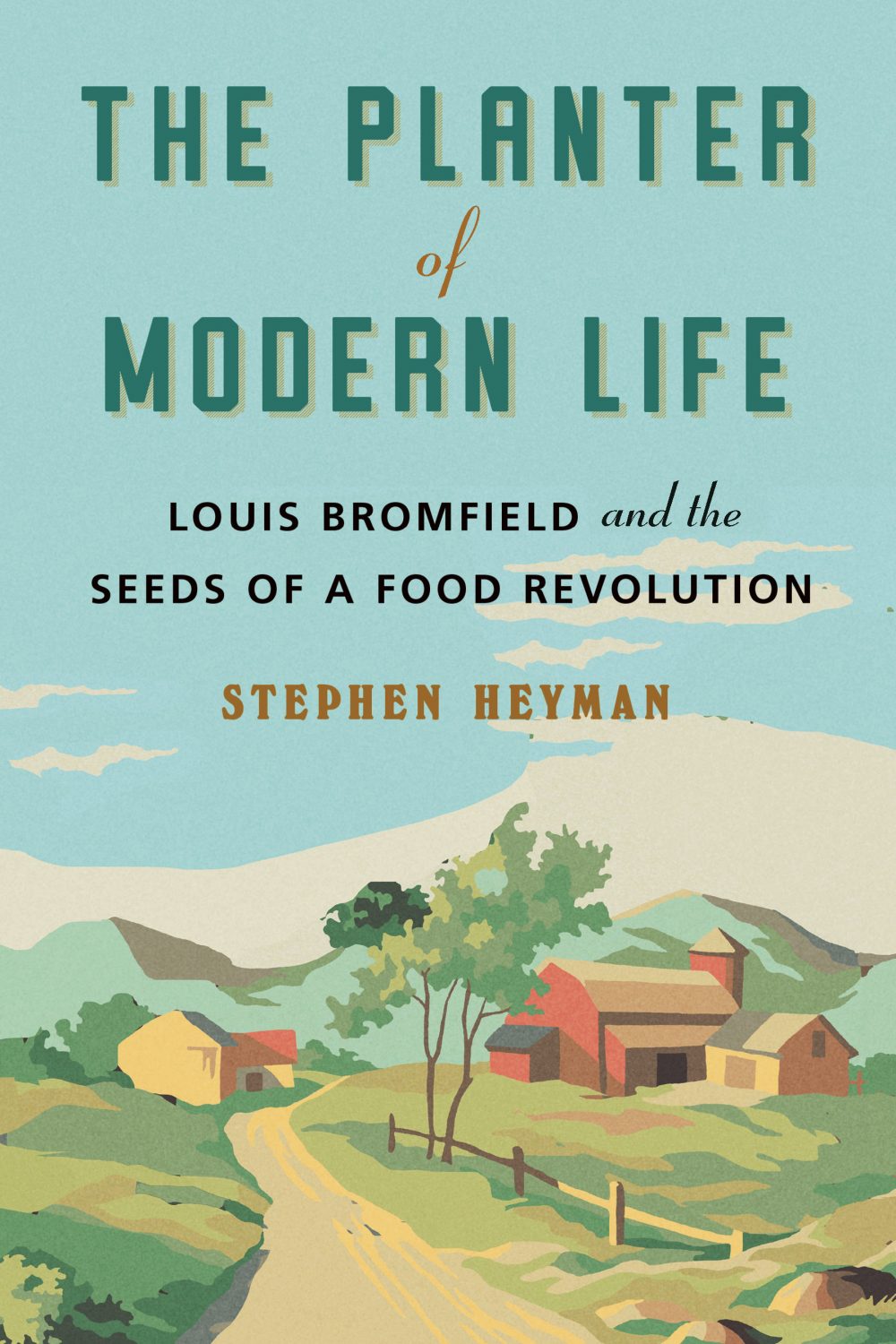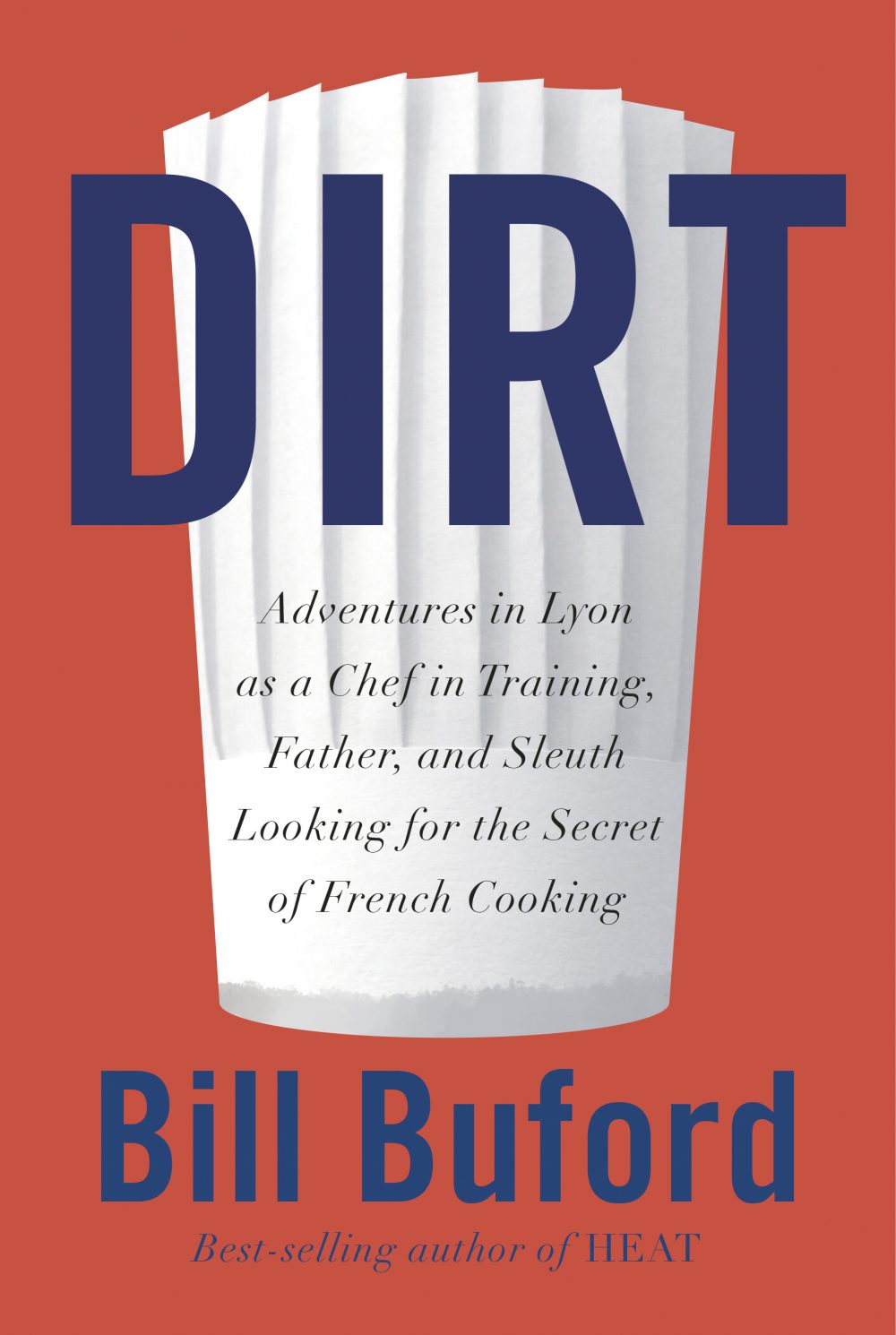
Drinking French
“The French are really good at slowing down and not doing anything in particular, except having something to drink,” says author David Lebovitz of his latest book, “Drinking French.” This appetite for casual drinking began in cafés where street sweepers and intellectuals could sit shoulder to shoulder. Today, the French still celebrate the end of the workday with their “l’heure de l’apéro,” a transition between office and home. This is not about hopping the express train to inebriation—it is a time of gentle intoxication accompanied by snacks and conversation. Lebovitz offers a primer on French liqueurs, from Lillet to pastis (originally an absinthe substitute); he also shares recipes for apéro snacks and DIY infusions. Most of all, you will gain an appreciation for lower-alcohol drinks. My advice? Skip the white wine spritzers and hop on the “l’heure de l’apéro” bandwagon.
Louis Bromfield is the author and renaissance farmer you have never heard of but wish you had. He saw action in WWI, moved to France in the 1920s and started a salon at his home outside Paris, which boasted a magnificent garden influenced by his friend and fellow gardener Edith Wharton. Bromfield was the best-known author of his age. He was also Doris Duke’s lover, Humphrey Bogart’s best man when he married Lauren Bacall and Eleanor Roosevelt’s nemesis (he warned her repeatedly of the developing Holocaust). In 1938, Bromfield moved back to his birthplace, Ohio, and purchased Malabar, a 600-acre farm where he reinvented modern agriculture. Though the soil on the former dairy farm was poor, he restored it through years of regenerative farming techniques, making Malabar a vision of how to recreate the world. This “Sinatra of the soil” was dismissed by many as a populist writer of potboiler novels who dabbled in gentleman farming, yet his techniques were revolutionary and are still in use today. Though Malabar has survived as a state park, visitors come for the hay rides more than the history. Today, Bromfield is all but forgotten; “The Planter of Modern Life” is an excellent way to remember.

The Planter of Modern Life

Dirt
After cooking in Italy for his previous book, “Heat,” Bill Buford gets the travel bug again and heads off to Lyon—not for a six-month culinary stage, but for five years to immerse himself in the brigade system of training that defines every French restaurant worth its Michelin star. He starts his adventure by literally bumping into chef Michel Richard at Union Station in Washington, D.C., then working in his kitchen. After months of navigating the French bureaucracy to obtain a visa (the consulate insisted that he prove French residency first, something out of “Catch-22”), he finally ends up in Lyon. There, he works for a bread baker named Bob, enrolls at L’Institut Paul Bocuse and then toils 15-hour days as a stagier at La Mère Brazier, where his pitiful artichoke- carving technique provokes outright laughter. Despite being terrorized by a 19-year-old kitchen psychopath, Buford falls in love with the structure and rigor of the French brigade system: the proper way to stir, how to make a perfect béarnaise and the importance of hanging on to your knife until the job is done. Buford discovers a soulful happiness in repetitive physical labor, a rare find in the life of an intellectual. As the former fiction editor of The New Yorker, Buford is also an energetic, delightful writer, painting scenes like a first-class impressionist. Describing how to prepare a crab, he writes, “You snip off its head from just behind the eyes, which makes a light plonk when it hits the bowl.” As always, here Buford has a knack for bringing the foibles of the human condition to life with an appetite for the eccentric and an eye for detail. It took Buford five years to research this book, and you can savor every drop of his experience in just a few hours. That’s a recipe for success.



